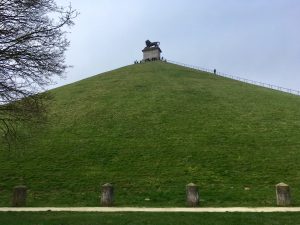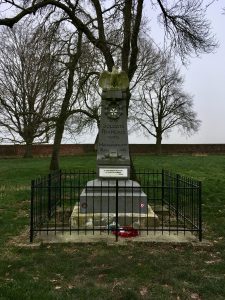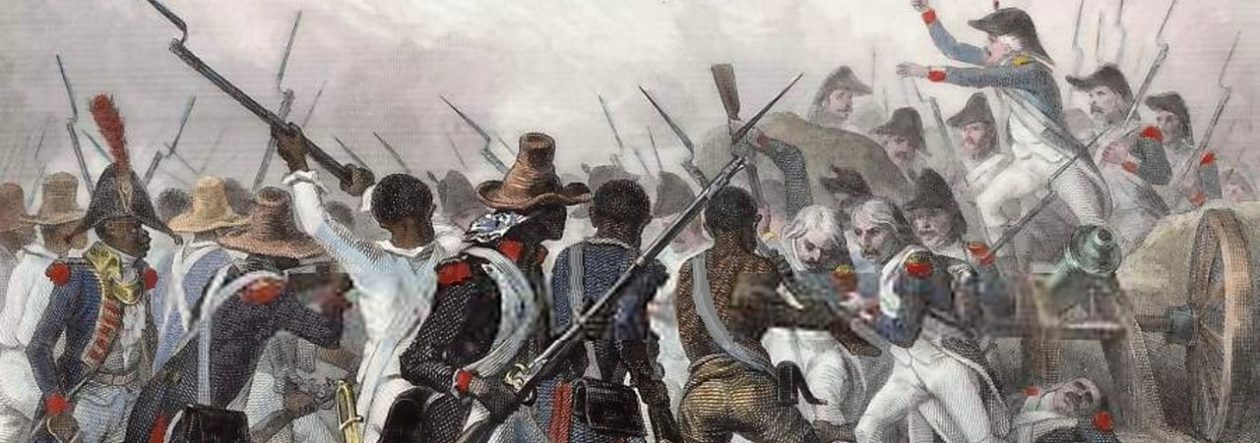As someone who had very little knowledge of the Napoleonic Wars prior to visiting Waterloo, my experience there was eye-opening, to say the least. In my native Pennsylvania, students of history are predominately instructed on topics relating to Native Americans, the Imperial Crisis of the American Revolution, the Civil War and Reconstruction, World War II, and the Civil Rights Movement. My only previous connection to the 20-year conflict in general was through a fifth-grade lesson on the Battle of Baltimore during the War of 1812, where we learned of the bombardment of Fort McHenry and Francis Scott Key’s penning of the Star-Spangled Banner. In fact, to add to my shame, the earliest I can recall gaining any insight into the legend of Napoleon Bonaparte was through the Ben Stiller film Night at the Museum. On the bright side, the narrow scope of American-centric history made me all the more appreciative of the opportunity to participate in the Age of Revolution project.
Our journey began with a visit to the Ambulance Museum of Mont Saint-Jean, which fabulously illustrated the absolute brutality of the Battle of Waterloo. The exhibits we visited emphasized a sense of humanity within the battle. The people involved in this decisive battle were not just soldiers, they were fathers, husbands, brothers, and sons who battled in grimmest of conditions. Many met violent ends and those who were lucky enough to survive were often left mentally and physically damaged. After this humbling introduction to the engagement, Dr. Tim Bowman provided an extremely insightful talk to set the stage for the next day’s battlefield walk. Discussing the military strategies exercised by both sides as well as the weaponry utilized, the Age of Revolution crew was thoroughly prepared to visit the scene of the crime.

After a fueling up with a plate of dumplings and a good night’s sleep, we took on the 1815 Memorial Museum, la Butte du Lion, and Hougoumont. Honestly, I could have spent the entire day exploring the Memorial Museum alone. The materials were so well presented and the artifacts were so well curated that I spent half of my time marveling at the layout of the museum and half of my time surveying the actual items it houses. The next step, or steps I suppose, 225 of them to be exact, was visiting the Lion’s Mound. Not only did I realize how out of shape I am, I also came to fully realize the extent of the catastrophe at Waterloo. Standing on top of the Mound, I was able to look out, recalling Dr. Bowman’s illustration of the battle, and truly appreciate the efforts and the tenacity that both sides brought to the table during this immense clash. Afterward, a short stroll to Hougoumont provided the group with an intriguing and endearing account of Britain’s successful endeavor to prevent the property from falling into Napoleon’s hands. As a historian with rather limited experience but quite high interest in military history, I was baffled by the fact that some 26,000 troops engaged in the fight for Hougoumont and its surrounding area. To say that the second day of our excursion left an impression would be an absolute understatement.

Our last full day in beautiful Belgium started with a talk by Dr. Ambrogio Caiani at Napoleon’s headquarters. If it hadn’t been for the excruciatingly windy conditions, I could have listened to Dr. Caiani discuss the location and its significance all day. After a quick pit stop to warm up with a cup of tea, we headed back to utilize the meeting rooms at the Memorial Museum, hearing several fascinating sessions on sources and objects and how these materials can provide substance to any lesson in revolutionary history. Speakers such as Arthur Burns and several University of Kent ambassadors enlightened us on not only how to access these resources, but additionally how to take advantage of physical items and allow them to bring history to life for students. To conclude a wonderful weekend of exploring, the group headed to the National Army Museum in Brussels where we were able to freely roam through the exhibits, exploring the history of the Belgian military. After such an informative weekend, I genuinely cannot believe how little I knew about the Napoleonic Wars a few days prior, and I am exciting to continue learning about the conflicts independently.
As a former primary school teacher, I really appreciate that the project provides educators with the tools necessary to better understand this era of history as well as to present the material in a way that fully engages a younger audience. I enjoyed the fact that the trip was inclusive of those with a minimal understanding of the Battle of Waterloo in addition to those with extensive knowledge of the historical significance. Not only were the organizers of the trip always willing to provide a deeper background into the unfolding of the events, the museums and monuments we attended as a group were accessible and very well assembled. After a brilliant weekend of networking, meeting fellow historians, and hearing about the specific historical interests of others, I can confidently say that the opportunity to work on the Age of Revolution project as a PhD student at the University of Kent is an absolute privilege.
